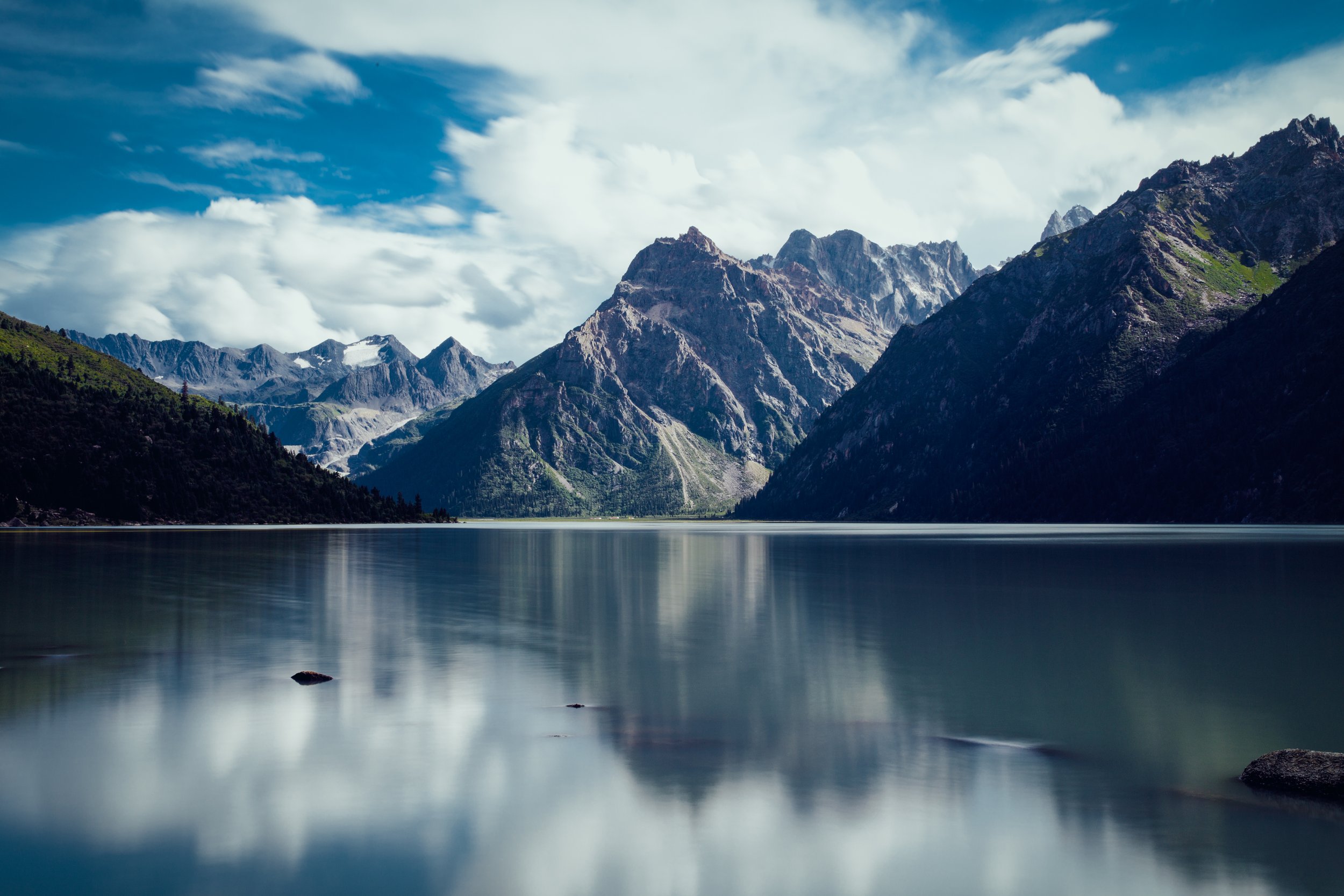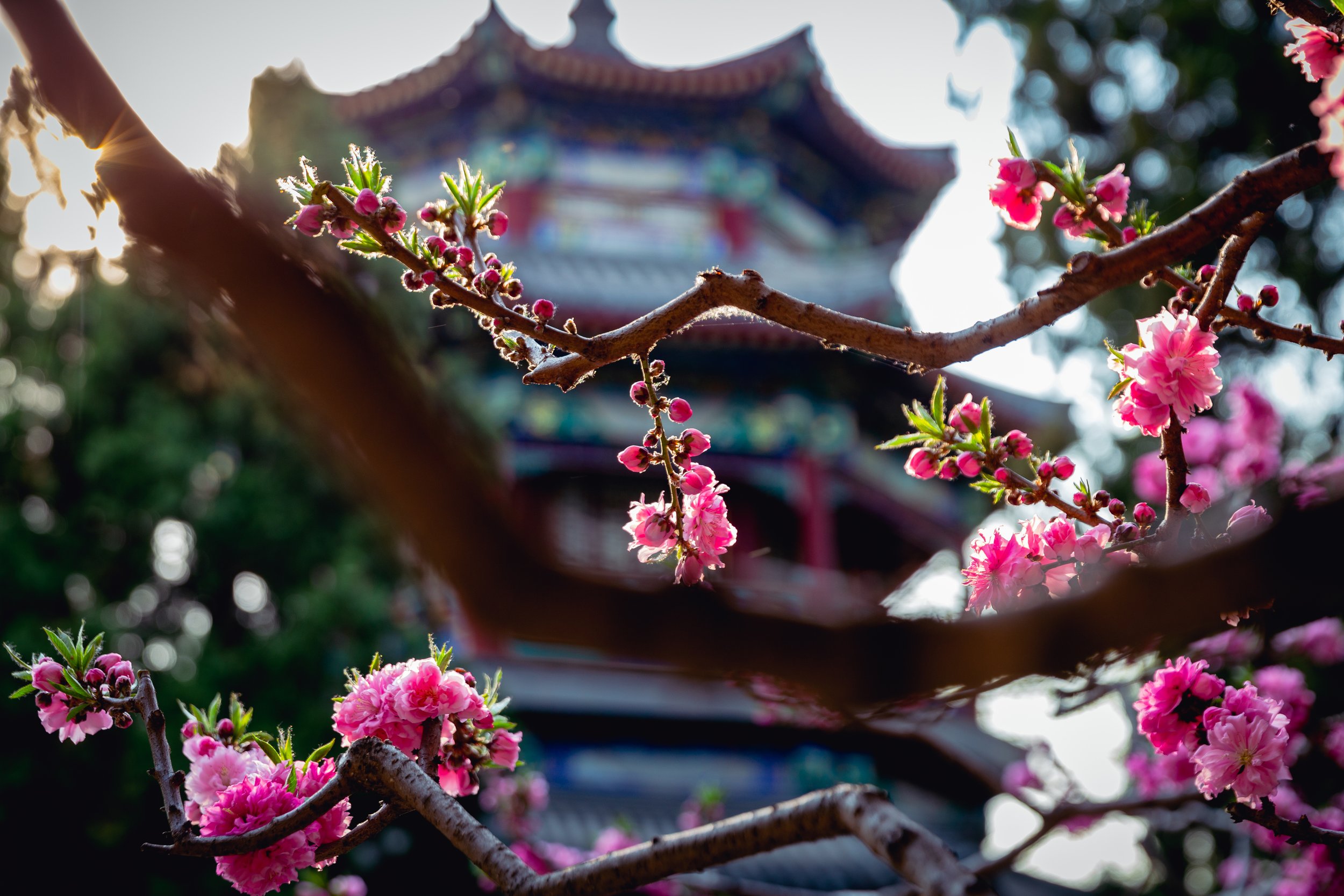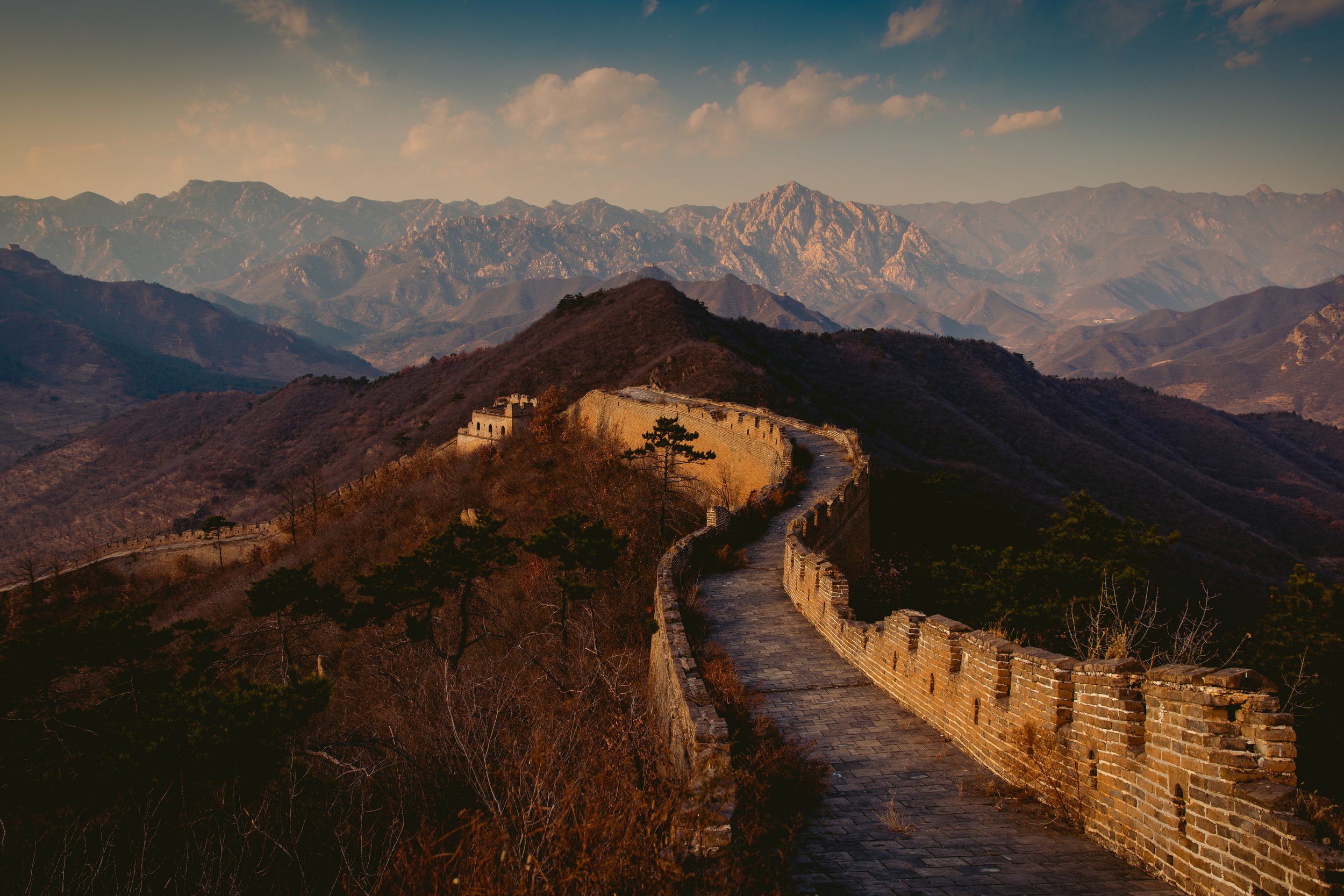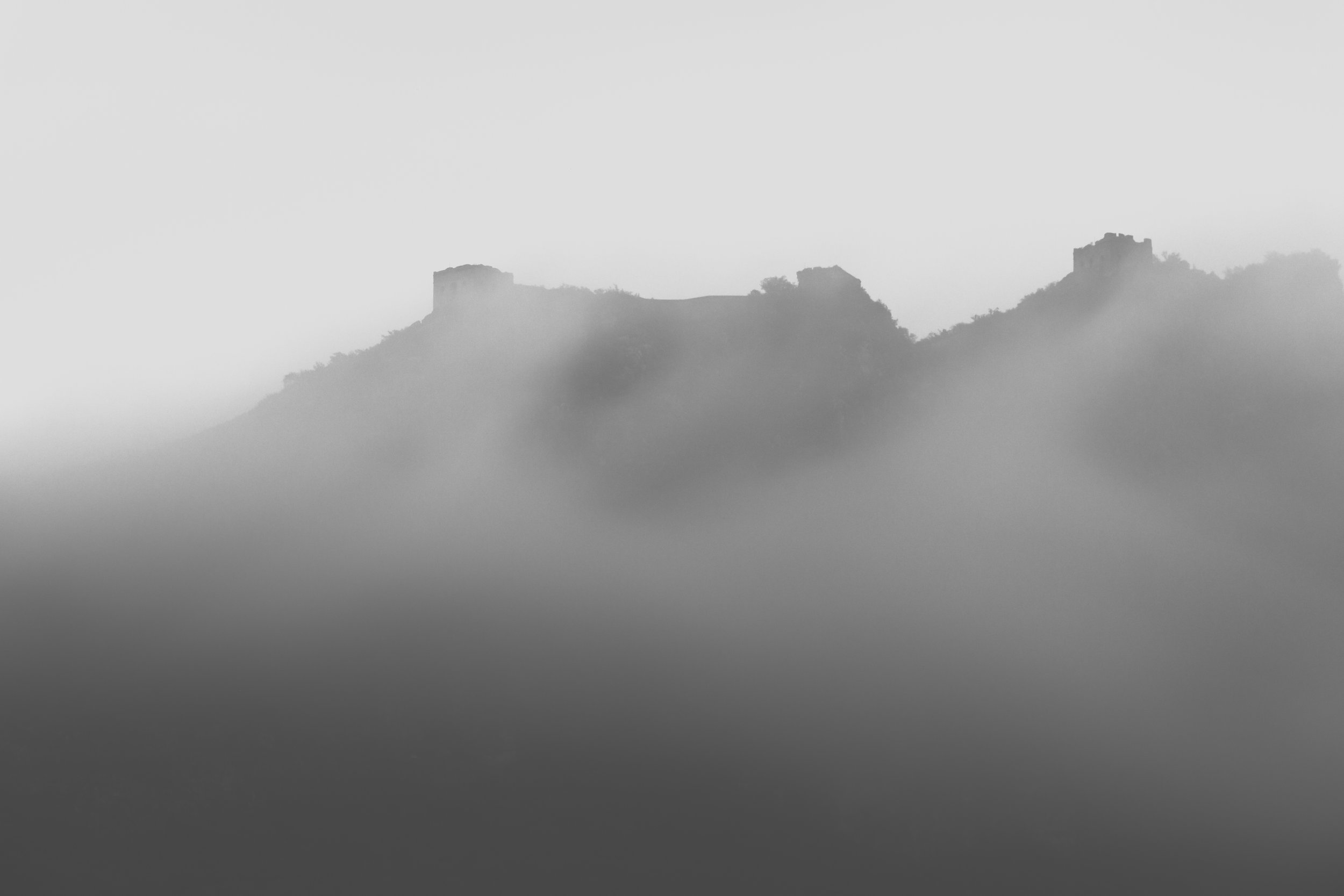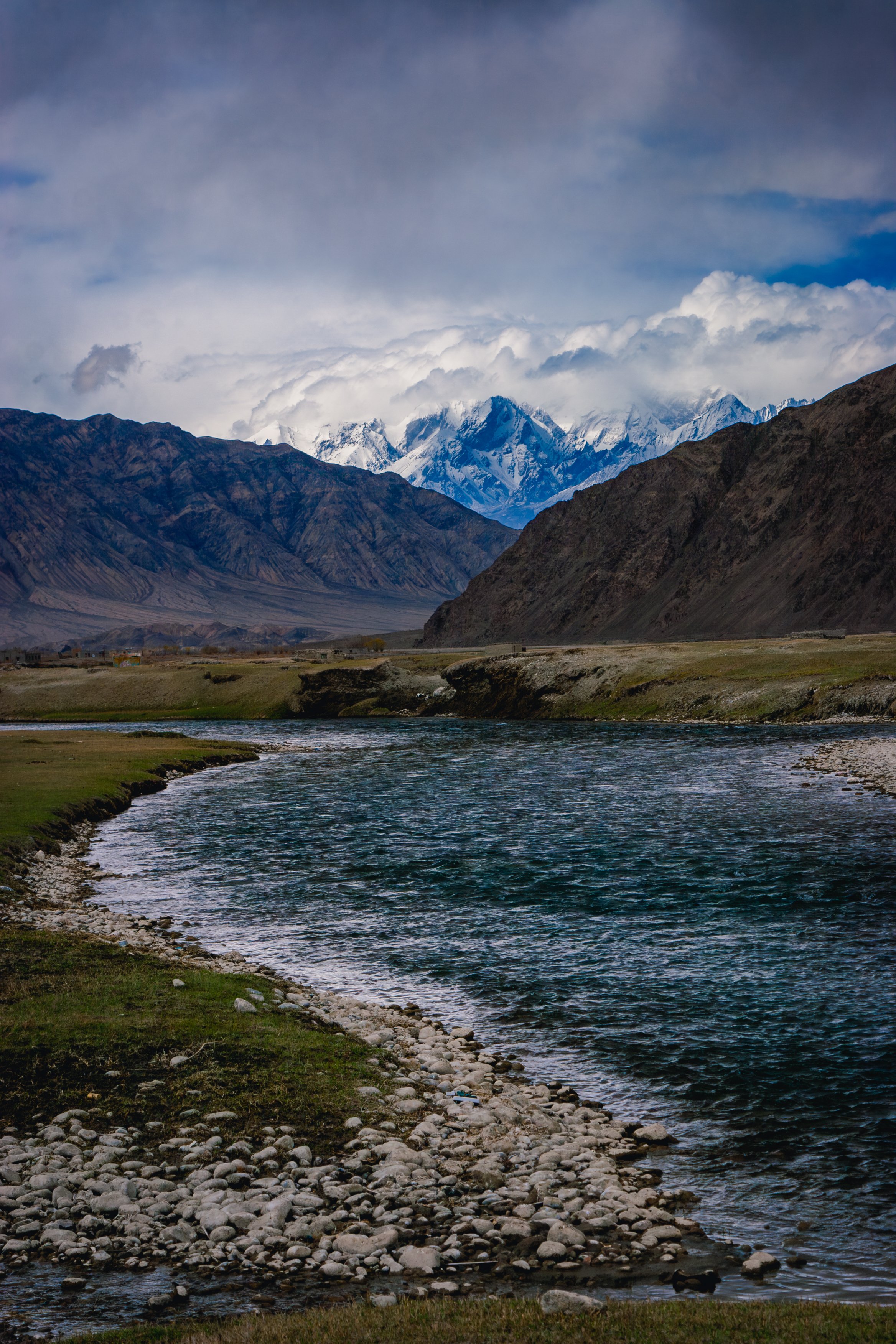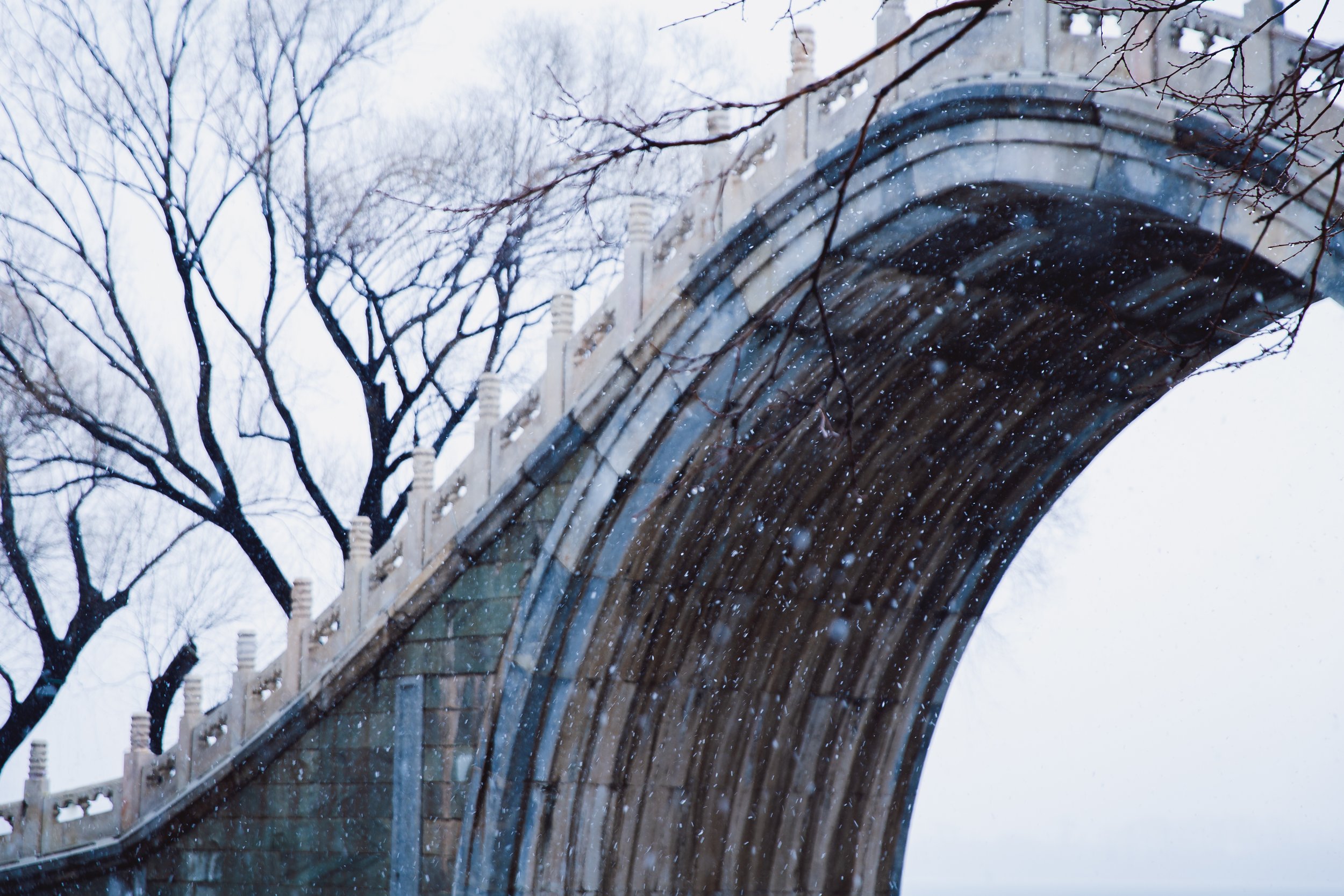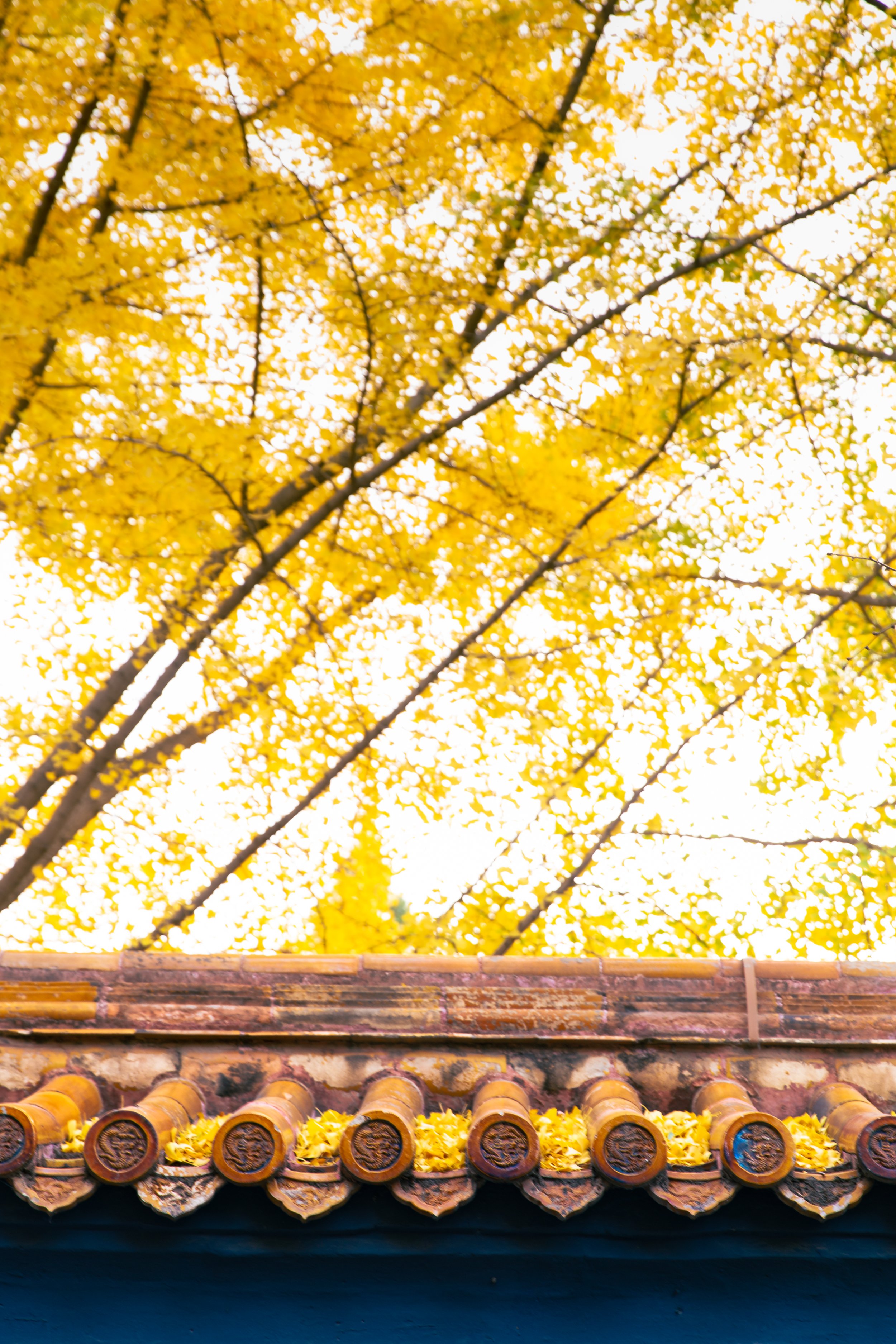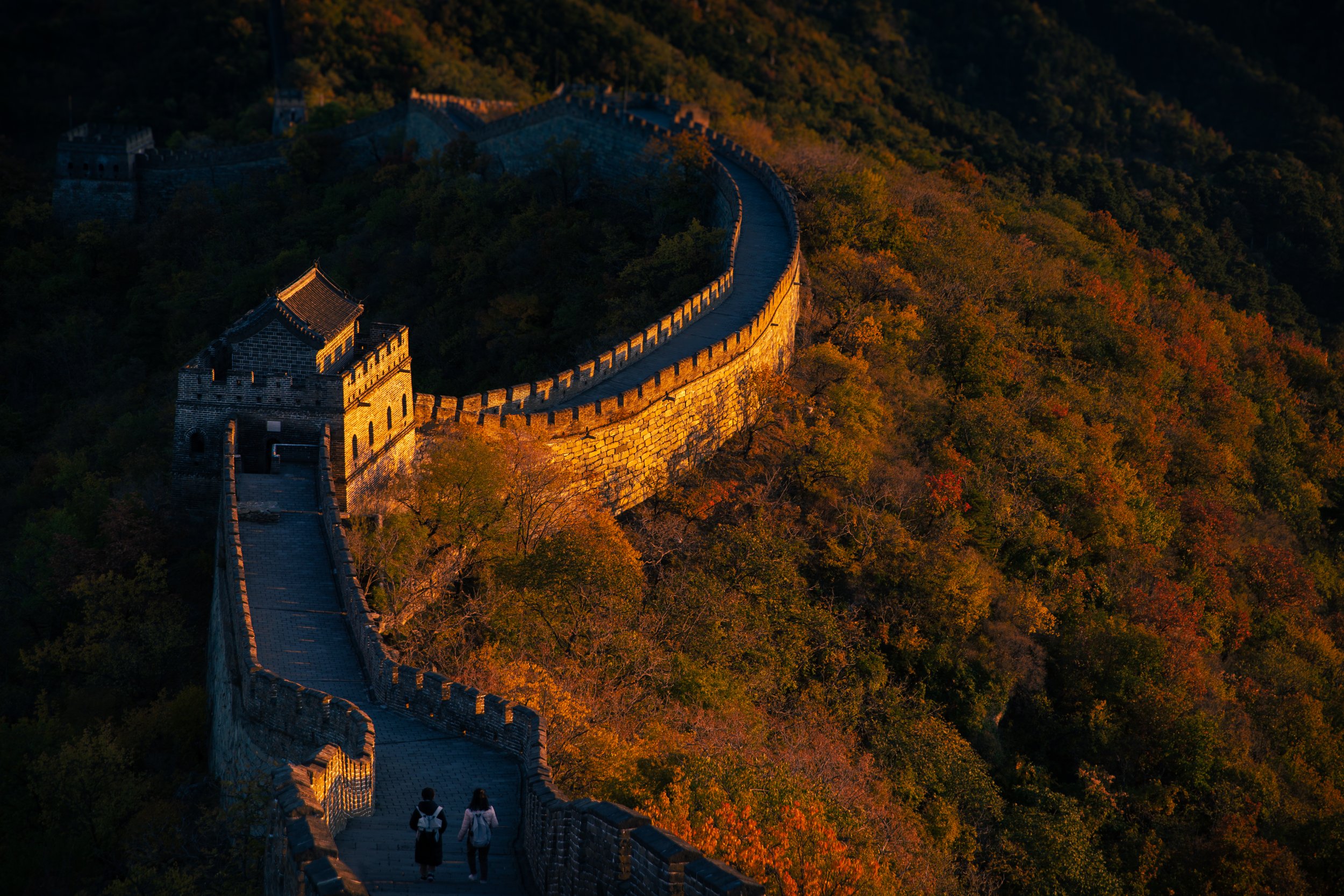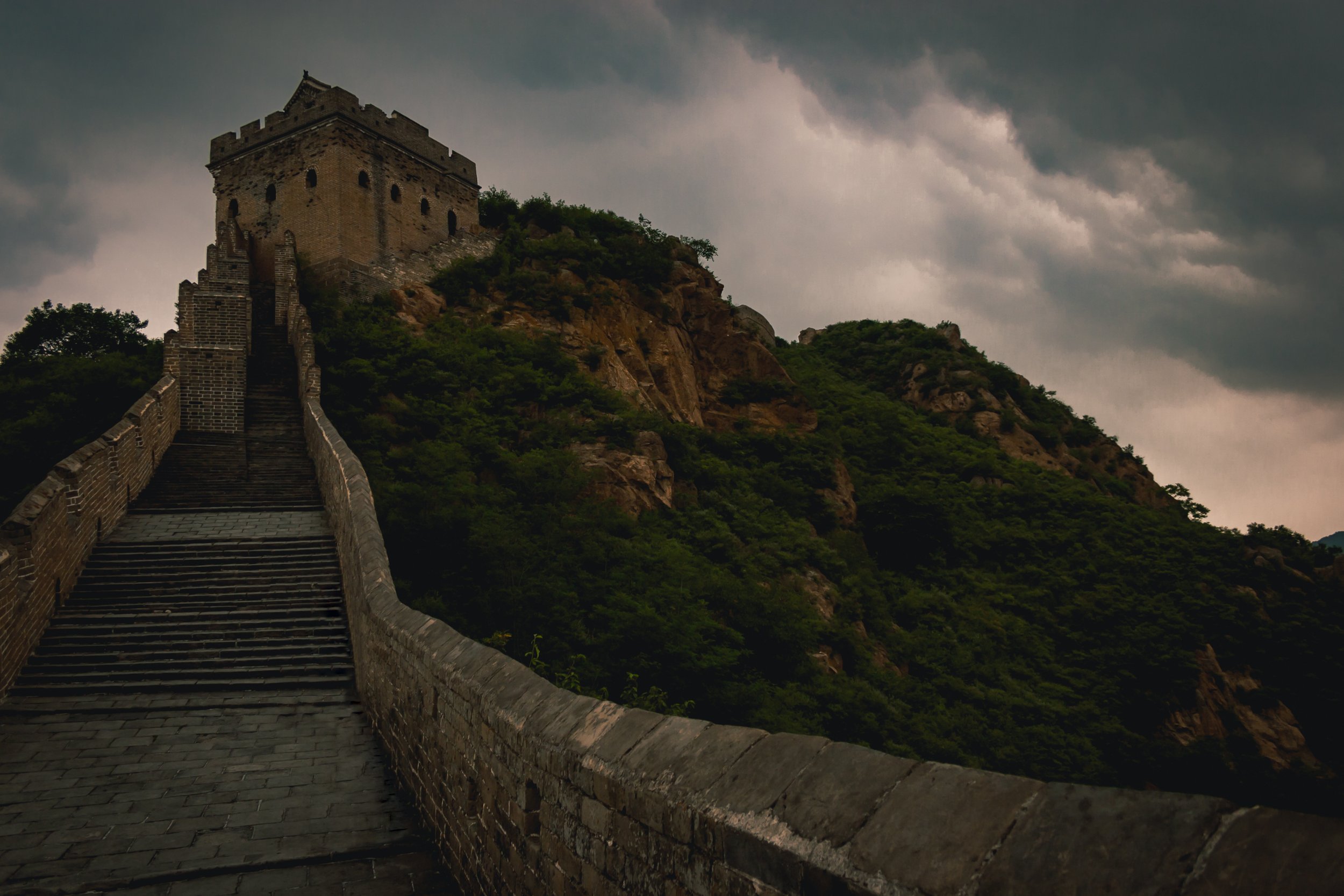Interview
Joshua Haller
Joshua Haller is a fine art photographer living and working in the Pacific Northwest, USA. Someone once remarked that photography is in his blood. That still resonates with him. He doesn't just take photos; creating photographic art is part of who he is. He captures moments, looking for what lies beneath the surface - the moods, emotions, and character of people and places. He moved to China as a kid in 1997 and lived there until 2020. He felt a special connection to the country and its people.
It was a privilege and a joy to live in Beijing for so many years. He is grateful for the opportunities he had to take photos of people and places around China - whether it's Tibetan pilgrims at Yarchen Gar, trips with Chinese photo magazines, hiking the Great Wall, or portraits capturing lives of families in Beijing.
What is your background and how did you start your journey in the art world?
“I grew up in China from the age 11-19. At the end of my high school years, I got a Minolta film camera to take pictures of friends before we scattered to our ‘home’ countries. I got my first DSLR (Canon 20D) in 2005 after spending the previous few years interning & working in Beijing. I ended up working more as a graphic and web designer for most of my career years in Beijing. I would often go out to take photos, photograph a friend’s wedding, take portraits or cover events on the side. In 2010, I got involved with a group of Chinese photographers that took travel photography trips a couple times a year.
After doing four of those trips over the years, I decided to self-fund a trip to Northern Tibet in 2017. I had grown increasingly worn down by the pace of Beijing and I wanted to get out and see some mountains. While this is not the absolute start of my journey into fine art photography, it was definitely the first time I was deliberate about going to take photos just for me for where I was at in my journey.”
What inspires you?
“I take inspiration from many places. I read a lot of history and I like to learn about different cultures. I also read a lot of epic fantasy books and some about the world buildings. Some authors make me want to go to that part of the world to take photos.
If I were to try to narrow it down, it would be 'mountains' or 'reflections.' When I can combine both, I can stay there all day, which I did do at a couple of spots in Northern Tibet. I believe a big source of inspiration in my photography is also culture. I only spent around 20 days in Northern Tibet on my two trips there, but you could feel the culture. It was in the buildings, it was in the faces and in how the Tibetans dress. It was in the art at the temples, and monasteries. I remember going to Pakistan to a very small village on the border with China and getting a similar sense of culture through how the people lived their lives. It was beautiful to see, and I remember those times fondly.”
What themes do you pursue? Is there an underlying message in your work?
“The untold. I love to find stories in my work that aren't often told. I know that a lot of my Beijing work is at typical, touristy spots. However, I believe my dedication to go out and take photos as often as possible gave me the ability to create images that are unique. This dedication helped me when I would go on photography trips around China. I loved talking to people, listening to their stories and sharing their company. I remember I was on a trip to northern China to document the Ewenki minority. In the town we stayed in before camping with at the Ewenki reindeer farm, there was an older man who I asked to take photos of. He wasn't too sure about it but agreed.
After seeing the photos, he decided he wanted more photos of himself at work. The next morning, before we left he asked me if I could take more photos around his house and his BnB that he was running in the town. I saw him at the end of my trip there and he insisted we have some beers before hoping to see each other again. I remember in northern Tibet, giving a Tibetan Buddhist monk a photography class at the hostel I was staying at for the night. Because I didn't speak Tibetan and the monk didn't speak Mandarin too well, my guide had to translate into Tibetan. To quote my guide, 'His mandarin is worse than yours Josh.' The monk wanted to know how to use the DSLR his monastery had.
As luck would have it, it was a camera (Canon 7D) that I used to photograph with. He wanted to be able to photograph things without disturbing his fellow monks when they were having morning prayers or other activities inside the monastery. Since it was very dark most of the time, he was struggling to take photos that weren't blurry. He also needed to take photos outside and was getting too bright photos. So, I showed him how I would set up custom settings that the camera had. I think I set C1 for photos inside and C2 for outside/ bright times. It was one of my favorite moments from that trip and I had a lot that trip!”
How would you describe your work?
“I'm not great at describing my photography. I have work that is the standard, typical photography. However, the photos I care the most about are connected to memories. When I was working as the photographer for a friend's musical, her mother thanked me for 'saving these memories.' Which can be interpreted many ways. It reminds me of a portrait session I did years later where another mother thanked me for spending so much time with her kids that I had just met. I took multiple groupings of her kids that she said would be 'treasures for years to come.'
Looking back, my photography journey started with my attempts to 'save memories' of friends that I knew I'd likely never see again. Which makes me think of my two trips to Yarchen Gar and the subsequent destruction of a lot of that monastery to create a tourist center where Buddhist nuns used to live. I look back with fondness to all the people I was able to meet, all the people I was allowed to take portraits of and just experiencing that pilgrimage location for Tibetan Buddhists.
I remember when I went back a second time, I had printed off postcards of the Padmasambhava statue picture I had taken on my first trip. I wanted to give people this postcard who let me take their portrait. I was already sending them their portrait on Wechat but I wanted to thank them for allowing me to photograph them. My only regret was I didn't bring enough postcards that day! I thought 30 would be enough but then everyone on the plateau found out and asked me for one of them. I think there's a video out there of me being swarmed by pilgrims requesting a postcard. My hope is that a memory is saved for each of those people whom I was able to give a postcard to.”
Which artists influence you most?
“Sean Tucker is one of the most influential photographers in my life. His book ‘The Meaning in the Making’ is an incredible read. It so well resonates with how I desire to create meaningful work. I love watching his YouTube videos because I believe he has a great grasp on the creative process. Joey L does inspiring work with his portraiture around the world. I still think his work photographing Kurdish fighters is his most inspiring work. Don Komerechka is one of the best voices on the technical aspects of photography. And that's on top of him being an incredible photographer. I am inspired by the dedication he has to perfecting his craft as well as listening to all the amazing technical knowledge he freely gives out in his podcast 'Photogeek Weekly.' Paul Nicklen and his conservation photography is a legend. I am blown away by the dedication he has to ocean conservation, among other things. A true inspiration who has found his purpose in life and is dedicated to it. Recently, I have been inspired by the work NFT photographers like Jon Sanchez, Andrew Hooker, Cath Simard and Rachel Wood.”
“I love the untold. I like to find stories in my work that aren't often told.”
What is your creative process like?
“A bit of a mess at the moment. I am slowly returning out of a creative funk I've been in since the pandemic and moving back to the USA. When I was creating more photography, I was out shooting 3-5 times a week and editing at night or in the morning after coffee. I know you're not supposed to edit while drinking coffee but I am most productive in the morning or after dinner. After a photo session, I'll make my selections in Lightroom Classic and usually edit a few of the best images from the shoot. I use various labels, flags, keywords and ratings to organize my photos.
Once I'm relatively organized, I'll feel settled enough to start editing. My work flow has changed somewhat as I've expanded my editing tools and as Adobe has made Lightroom Classic even more robust. Now I get the general settings set like exposure, highlights & shadows as well as enabling Lens Corrections. I then start working on specific areas like sky, foreground, background, reflections, etc. I have loved the masking tool in LrC since it first came out. As more and more editing options are added to it, I've been able to better refine my work.
I will then remove any distractions like power lines, signs, people in Photoshop. I may try to do some Luminosity masks but I've found them to not be as useful now that I can do so much masking in LrC. I have used Luminar on some of my landscape photography. I like the small, medium and large contrast details that is in there as well as some of the enhancements Luminar has created. Not always, but sometimes if I'm looking to 'add some drama' (as Joel Grimes put it) I'll see what Luminar can do. I then layer that into the image in Photoshop cause I tend to think Luminar does too much to an image. Then it’s back to Lightroom for more labeling and exporting.”
What is an artist’s role in society and how do you see that evolving?
“As a photographer, my happiest moments are when the image connects with someone and brings them joy. That could be from a portrait session, a wedding or sharing one of my prints from a place that has meaning to the person. I'm not sure if that's my role in society but its what keeps me doing what I do. I see a lot of 'doom and gloom' being talked about with the advent of AI art. I get it to an extent. I do believe this is a very critical time as an artist. I do believe that there needs to be consequences for big companies like Alphabet taking your art to feed it into there generative AI algorithms. I just don't accept that all of it is bad. I have been very inspired by artists that I see working very hard to create art. I think this has opened up further possibilities of being more creative.”
Have you had any noteworthy exhibitions you'd like to share?
“I did win a Silver award from PX3 in Paris for my 'Four Seasons' submission to Architecture/Historic.”


